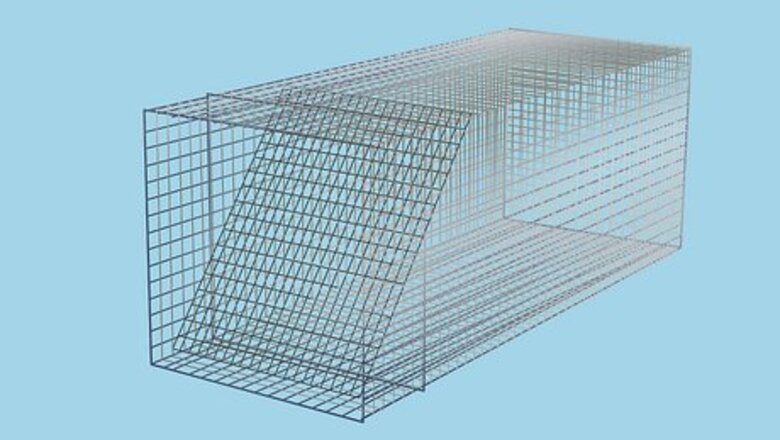
views
Using a Live Cage Trap
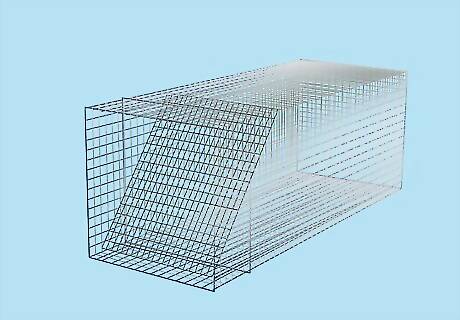
Choose the type of trap you will use. The most common traps used to bait raccoons are 1-door traps or 2-door traps. The bait is positioned differently for each. Set the trap in a stable area. This trap entices the animal into the cage with food. There is a trip pan that will trigger the door shut when the animal steps on it. Place the bait behind the trigger plate in a 1-door trap. You don’t want the bait to be close to the trap walls or the raccoon might swipe the bait from outside the trap. Professionals like 1-door traps because it’s easier for large animals to enter them. In a 2-door trap, place the bait right behind the trigger or bury it under the trigger. Or you could hang it from the top of the trap. The trap should be at least 32-inches long.
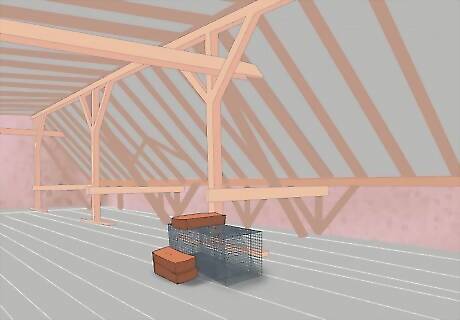
Put your trap in the right place. You want to put your trap in an area where a raccoon has already caused damage or, if you know where the raccoon lives, near its living spot. You are most likely to find raccoons in covered areas. They like to nestle in places like attics, porches, woodpiles, tree hollows, and underneath structures. Secure the trap. The raccoon might try to knock the trap over. You can prevent this by securing your trap. To do this, put a brick or weight on the top of the trap.

Use a lethal trap instead. Hopefully, you won't need to kill the animal. A live cage trap is the most common approach. However, there are some states that won’t let you trap and release a raccoon. Paw hold traps will clamp down on the animal’s paw by holding it. They have a small snapping clamp device. Once caught, the animal is usually killed by shooting it. Again, though, check your local laws. You could always hire a wildlife expert to find the most lawful, humane way to get rid of your raccoon nuisance.
Baiting the Trap

Choose the right bait. Raccoons will eat many things. They are known as eaters who choose food based on opportunity. There are a few things they like most, though. Raccoons are drawn by foods that are high in fat or sugar. The best: sugary foods. Raccoons love them. The caution is that these foods could attracted other wildlife, so use such foods within a live raccoon trap.
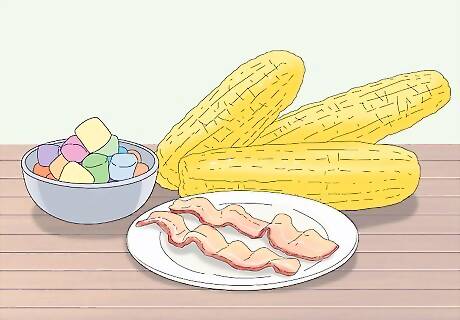
Pick the right sugary foods. Some foods that raccoons like are marshmallows, watermelon, sweet corn, and bacon. In fact, some trappers say marshmallows draw raccoons the best of all! Raccoons also are drawn to wet cat food, fish in a can, bacon, and cooked fatty meat, like chicken legs.
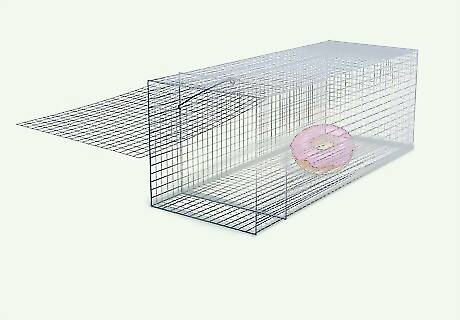
Bait the raccoon trap. Once you’ve chosen the bait, you have to place it correctly in the trap itself. Change bait every two days for the best results. You could also set multiple traps. You want to make sure the raccoon enters the trap completely, including its full body and tail. So place the bait far enough back to entice the raccoon to do this. You want to place the bait so the raccoon will step on the trigger. In a trap, this means the raccoon will step on the metal plate.
Catching the Raccoon
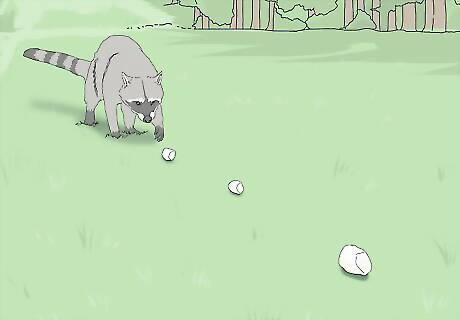
Entice the raccoon to the trap. Drop a trail of bait that leads right up to your trap to increase the chances the raccoon will enter your trap. Make sure you wear gloves when you apply the bait because raccoons can sense human scent. In fact, it’s a good idea to use the gloves whenever you handle the trap, including once you catch the raccoon.
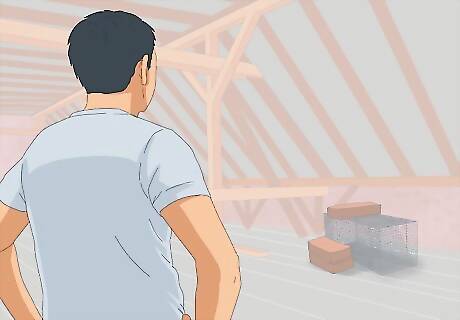
Check the trap. You need to check your raccoon trap on a regular basis. It’s wrong to leave any animal trapped for a long time. You might catch a raccoon in a few minutes. Or it could take a couple of days. The trapped animal is going to be scared and frightened. It’s more humane to not leave it for days on end in a trap.
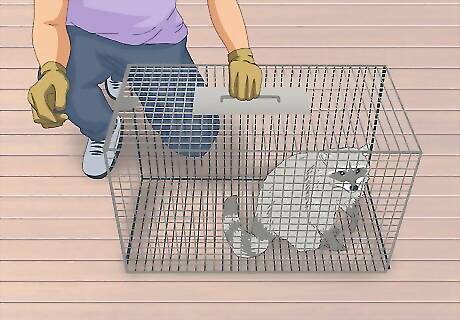
Remove the raccoon. Now you’ve caught the raccoon. What do you do next? The humane approach is to relocate the animal. But this could be illegal in your state. Check with your local government. Speak softly to the raccoon as you approach. Be gentle. This will calm the animal. Drape a cloth over the trap to instill further calm. Hold the cage away from your body. Wear heavy gloves. When relocating the raccoon, take it at least 5 miles away from your property, and release it. Be cautious. Raccoons can be dangerous. Consult an animal professional if you’re at all unsure.
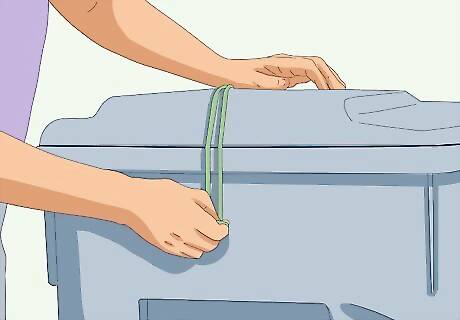
Prevent the raccoon from coming back. You will want to rid your property of the lures that attracted the raccoon in the first place. Raccoons are drawn to garbage, so remove it frequently. Wash your garbage cans. Eliminate all food and water sources for a raccoon. Put tight-fitting lids on your garbage cans. Fix broken vents and screens. Close windows. Close gates and eliminate gaps in fences. Raccoons sometimes enter homes through fireplaces. EXPERT TIP Hussam Bin Break Hussam Bin Break Pest Control Professional Hussam Bin Break is a Certified Commercial Pesticide Applicator and Operations Manager. He and his brother Hussam co-founded Diagno Pest Control in the greater Philadelphia area in 2018, and have since expanded their services to include the New Jersey market. Diagno Pest Control has received Home Advisor's Top Rated and Elite Service Badges for quality of work and customer service. Hussam Bin Break Hussam Bin Break Pest Control Professional Expert Warning: If a raccoon finds food in your trash can once, it will keep coming back, and it may knock over the can to get to the food inside.




















Comments
0 comment